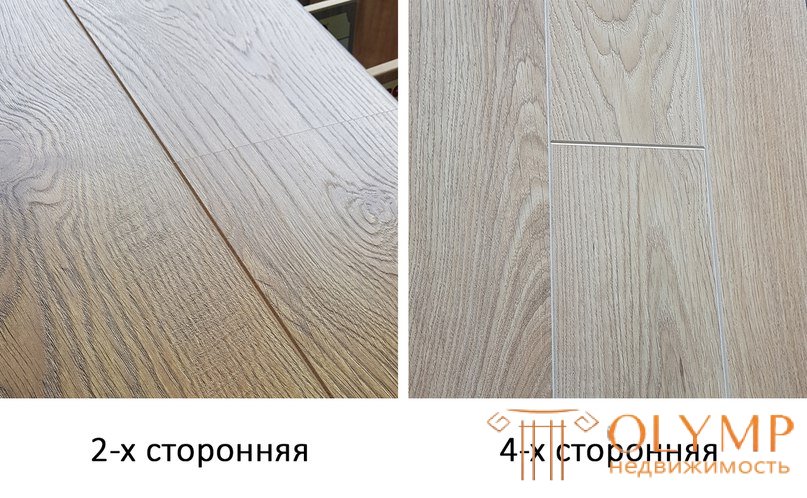
1. Classification (types) of laminate
1.1. By color (texture)
1.2 in the class of wear resistance
1.3. by class
1.4 in thickness
1.5 by material (base and lamination)
1.6. by type of lock (click, lock)
1.7 type of chamfer (optical, lack, microfascure, full, 2 or 4 sided, U-V shaped)
2. Methods for laying laminate flooring
1.1. along a long wall and in the direction of the dominant light
1.2. across a long wall and perpendicular to natural light
1.3 installation on the dyonanal
1.4. brick, chaotic and scrub rub
3. options for joining a laminate with a tile
3.1 sealant
3.2. bung
3.3 nut T and U shaped
3.4 lack of joints (single circuit)
4. laminate laying technology
4.1 calculation of colva
4.2 foundation requirements
4.3 base options (system, cork. Softwood sawdust, thickness) waterproofing (min 200 microns polyethylene)
4.4 indent from the wall (1 meter widening narrowing depending on changes in temperature and humidity) installation of a skirting board
4.5 lubrication of joints at the time of installation with adhesive or wax


laminate optical chamfer
The optical chamfer or visual is made only in color. That is, in reality there are no bevels (grooves).
It often happens that the edges of the panel need to be emphasized, for example, to give the laminate the appearance of a slightly worn-out aged floor, when it is darker at the edges due to old age, but the panel is not trimmed to bevel, or the laminate was created in the commercial class 33, where the bevel is only reduce the life of the floor, then those places that need to be emphasized are highlighted in a darker color in contrast to the main picture and you get the feeling that the planks are separated, although in fact, the panels are joined tightly, without gaps.
Что бы оставить комментарий войдите
Комментарии (0)